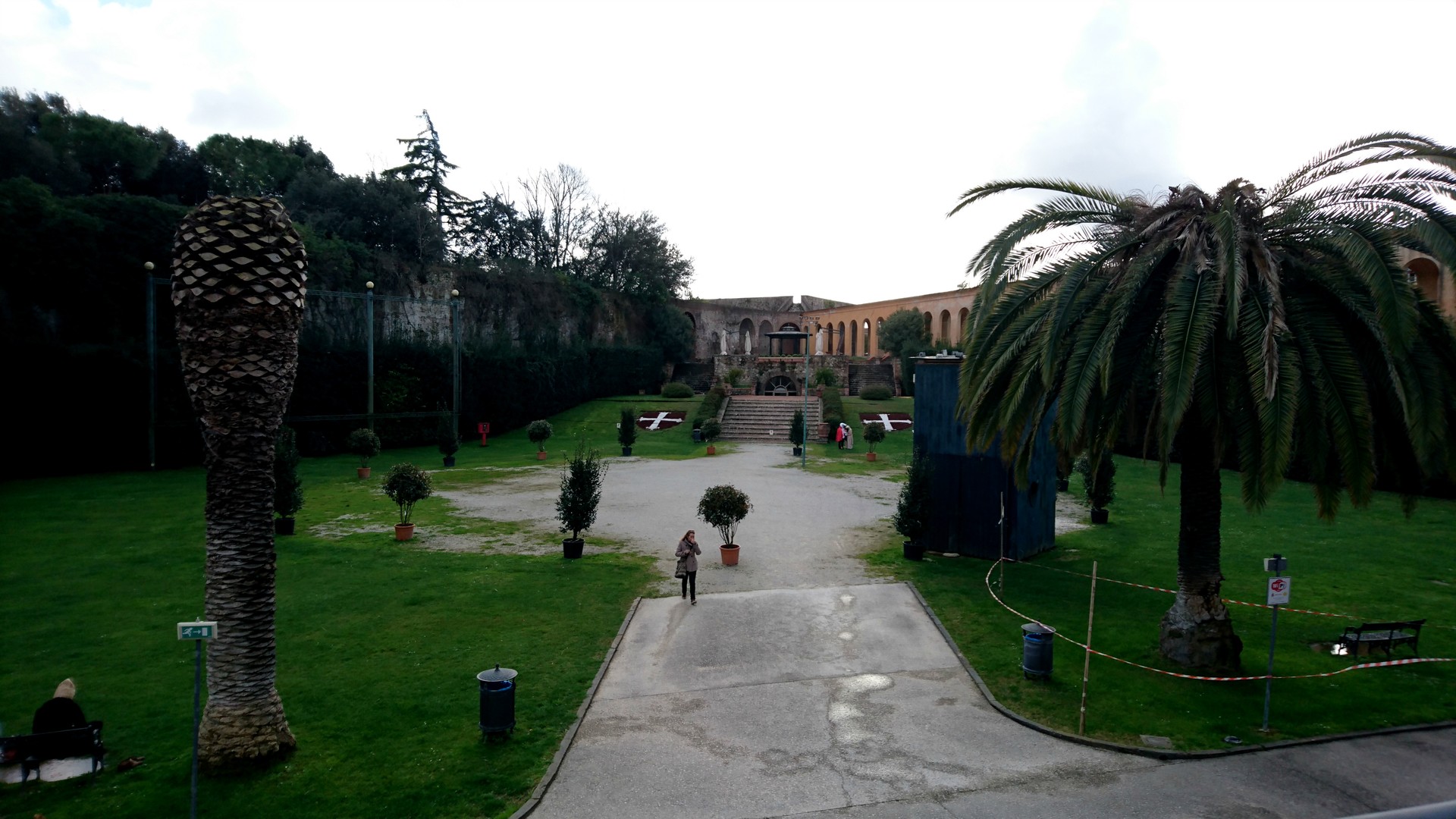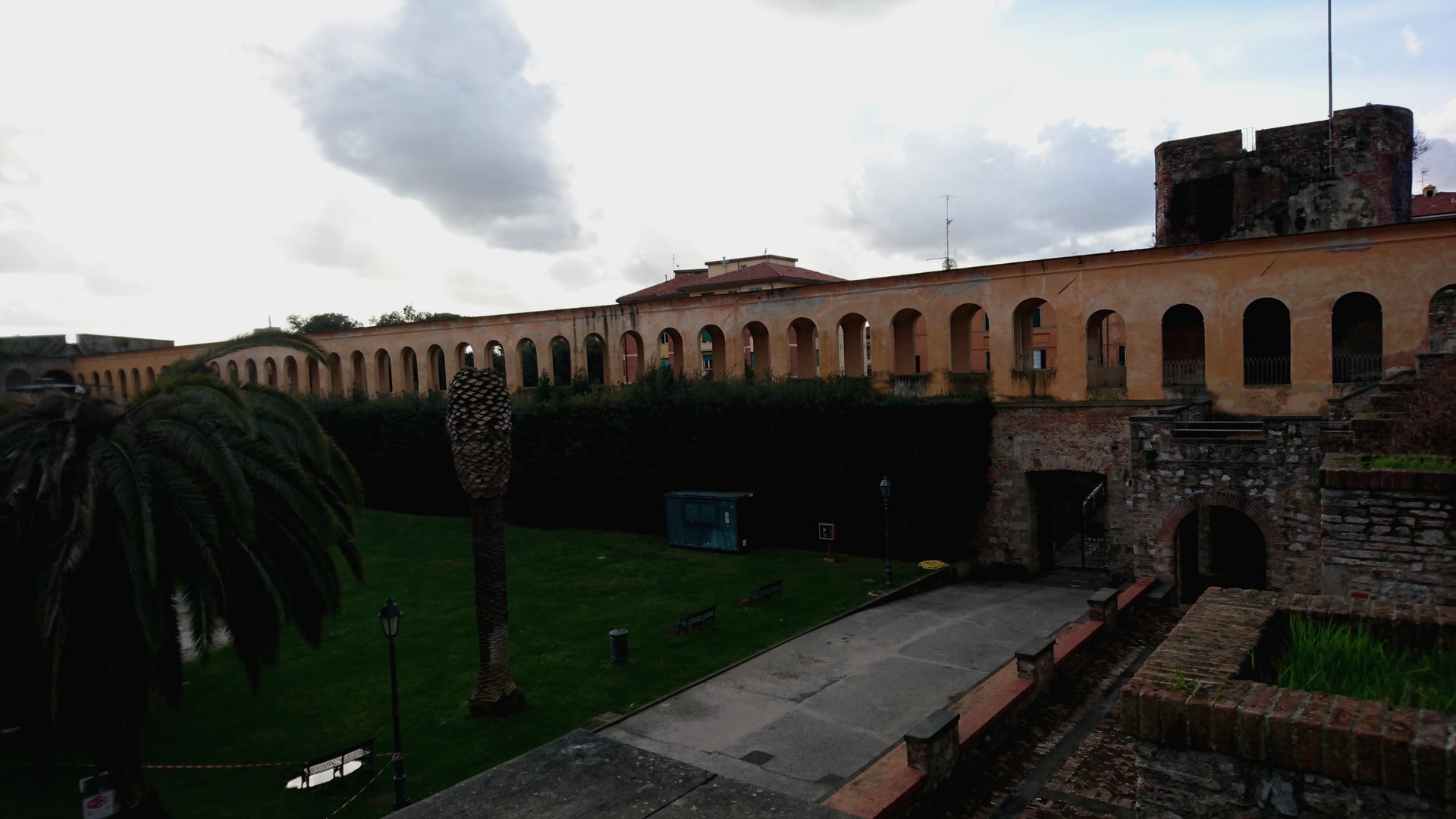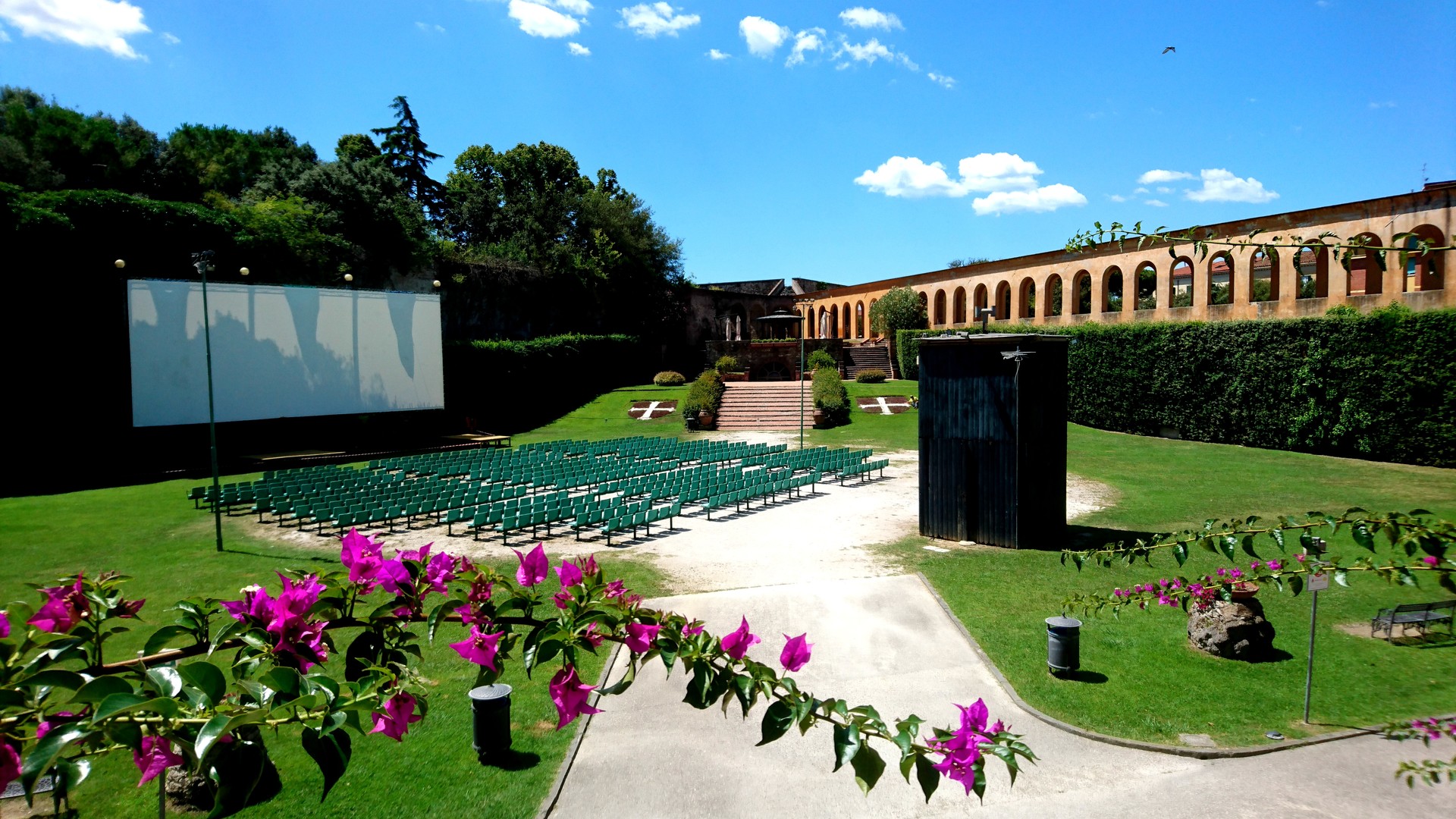All green
Giardino Scotto
For me is a place for relaxation, walking and taking pictures... if you're more creative, you can try something else, but it is too green to do many activities.
I found this place in March, (that's why these are not so "summer photos" of it) while wandering around and discovering the city; It was the second or maybe the third week for me here so... The thing is I couldn't express my happiness with anyone because I found it alone, so it was a bit embarrassing to smile like a kid all time and take pictures alone, walk alone and so on. If only I had a book or something to pretend I came for reading!
Because I am lucky when I don't need that, I wanted to go again to take some pictures with all green, blue sky and that hot yellow circle that you cannot feel in in March! And it rained on that day; in other days I felt it too far from home so... take these pictures and (maybe) thank you for understanding!

Anyway, the place is really great, trust me!
Of course, like every good, interesting or nice place, it has a story.
Here are some details about it, the historical information you need to know about this Garden that I call it a park...
This area, settled in Roman times, was abandoned until the XI century. In 1095 S. Andrea in Chinzica (a church) was founded here; in the XIII century, its potteries were famous.
After Florence conquered the city in the XV century, the Florentines built a fortified "Citadel" here (between 1440-1475), partly destroyed by Pisans in 1495 (only two towers and the West wall and escarpment remain).
After the second Florentine conquest, Antonio da Sangallo built a new fort and bastion by the Arno (1509-1512). This was de-commissioned in 1785 and a palace with gardens, now a public park, was built there.


The archeological dig in this area of the Palazzo Scotto took place between 2003-2005 during the restoration of the building. Don't forget that it had been badly damaged because of the unfortunate event in the 1943 and 1944s - bombardment -.
They discovered some old traces of human presence during the Roman age, crucial data for "understanding the fabric of both the medieval and modern ages that have emerged". So these archaeological traces basically confirm certain hypotheses regarding the topography of medieval Pisa, including some the presence of some churches in its vicinity.
I managed to visit it again these days and I want to show you its summerish view.
- Let's keep them as a season contrast or comparison -

Take a look at the pictures I uploaded in the album below and see the beautiful difference!
Photo gallery
Want to have your own Erasmus blog?
If you are experiencing living abroad, you're an avid traveller or want to promote the city where you live... create your own blog and share your adventures!
I want to create my Erasmus blog! →














Comments (0 comments)